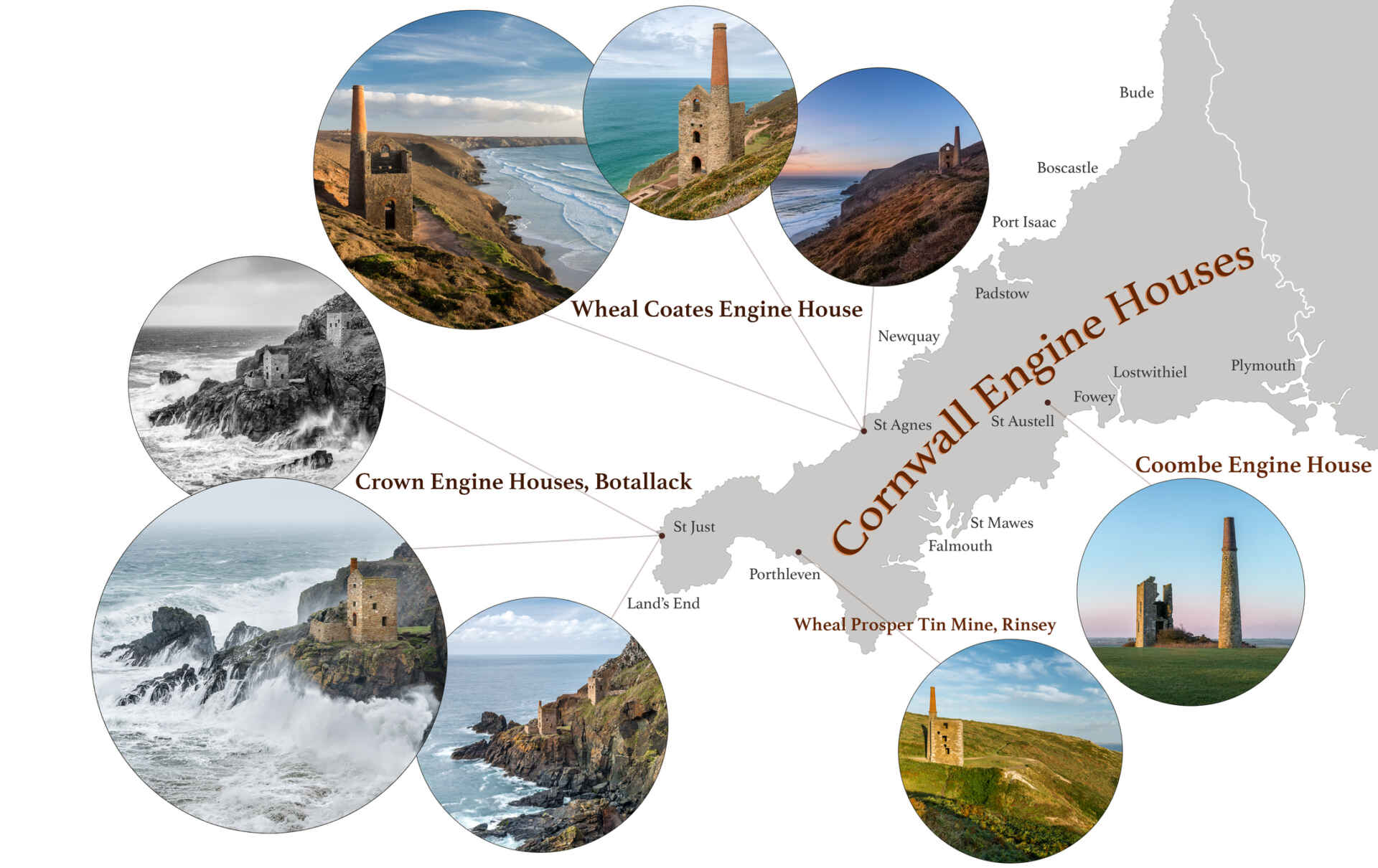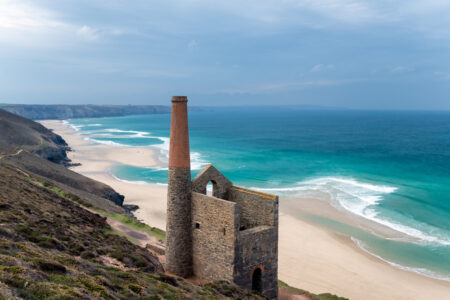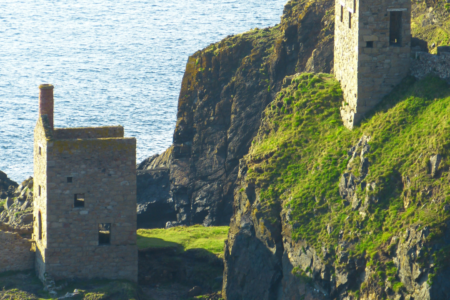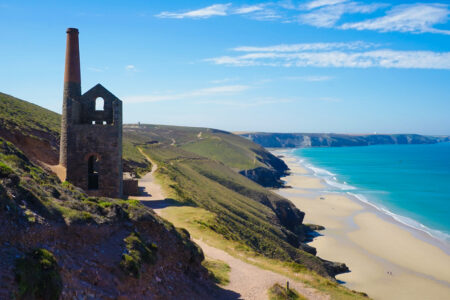In the second part of our conversation with Ian Marsh, general manager of the West Cornwall National Trust, we discuss the increasing demand on the region as a film set – most famously seen in the BBC’s recent adaptation of Poldark.
What was your experience of the filming for Poldark?
That was definitely the biggest production here. Of course it’s the natural place for it, as Poldark was set in the mining landscapes of Cornwall. Maybe I’m biased, but there’s probably nowhere more beautiful in terms of mining landscapes than the far west coast of Cornwall where mining really dominated and is still so evident.
Do you have any behind the scenes stories about filming Poldark?
In Botallack, there’s a location where they took over an engine house, and built freestanding brick structures around it which we had to make sure didn’t damage the historic fabric of the buildings. Then lots of CGI was used to turn it into what people see in the actual programme.
If Poldark fans want to visit today, what should they be looking for?
In Botallack you can still see the engine house and even without the CGI and sets, visitors may be able to recognise some of the scenes from the place. Levant was used in the first series only and people can visit most days by guided tour only.
And it benefits the region in terms of income, presumably?
Yes, the filming income was very good for Cornwall – the film fees went directly into our conservation work and it attracted a lot of attention from tourists. I do understand that the spike in visitor numbers can sometimes be uncomfortable because it’s a small place and the infrastructure isn’t set up for big increases all of a sudden, so we had to be careful.
Can you give us an example of this?
There was one location near to the Tin Coast that we asked the film company to keep secret. We knew if there were huge numbers of people it would be really bad for that area. Most tourists come with good intentions, they want to go into that place to see where the filming happened. But there simply weren’t the facilities there that could cope with it.
What measures did you take to counter that impact?
It’s a balance, really. And that’s why we set up a responsible tourism partnership called the Tin Coast partnership. There’s a website, tincoast.co.uk, where you’ll find a visitor charter encouraging responsible tourism. We want people who visit the area to understand the history and culture and find out how they can best support the area while they’re there. There’s all sorts of initiatives to make tourism benefit the area; how they can get around without taking the car; charging points, so people can bring an electric vehicle if they’ve got one.
What’s been filmed on the Tin Coast recently that we should be on the lookout for?
Mark Jenkin, the Cornish director of Bait [a movie about Cornish fishermen which received great critical acclaim], has been filming on the Tin Coast for an independent Cornish film, so that’s great.




